China, e-silk roads and a plea for change
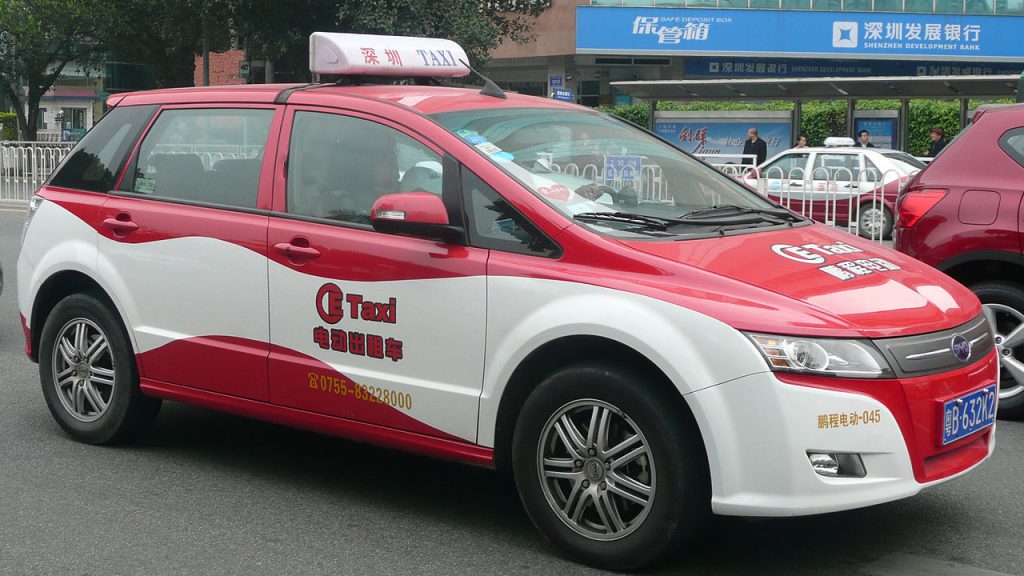
Global stocks are down, fears of a crunching trade war are up, hate and intolerance appear to be more widespread.
Will our leaders now stand by, while things worsen or will they embrace change and manage its course in all our interests?
A few months ago, I was in Shanghai, taking part in meetings to promote China-Europe trade and economic co-operation.
People everywhere, not just in China or Europe, need trade and employment, but Labour is Not a Commodity, and Poverty anywhere constitutes a danger to Prosperity everywhere.
The world would benefit from new ‘Silk Roads’, on which the traffic is powered, and highway services enabled and delivered, by electricity generated only through renewable means and resources.
If only political leaders everywhere would keep this in mind, particularly when working up agreements on trade between countries, or when they attempt to resolve disputes with each other.
All leaders must make a special effort to get beyond current difficulties and focus on the glaring need to energize global trade, while taking into account that our “global village” is, in fact, a planet threatened by Climate Change.
It is my hope that world leaders will set in motion a major invigoration of an aspect of the Chinese President’s Belt and Road Initiative, or “BRI”, which he elaborated at the Expo in Shanghai last November.
What I have in mind is new ‘Silk Roads’, on which the traffic will be powered, and highway services enabled, and delivered, by electricity generated only through renewable means and resources. Which is certainly not beyond our demonstrated skill sets or out of line with current research efforts, particularly as concern about Climate Change grows.
An Electric Imperative
At the main conference centre in Shanghai, delegates could take in the Expo and also attend specific forums. The body created by China to foster trade with Europe, for example, organized a forum on Automotive Development.
While a lot was said at the forum about the importance of Artificial Intelligence, particularly concerning “Smart Autos”, more than one speaker made reference to something which must not be missed, the accompanying need for the “Smart Highway”.
And speakers stressed the need for increased research precisely into how might the smart highways of the future help with “Climate Change” goals.
In pursuing this line of thought, it is essential to keep in mind China’s focus on the “Silk Road” objective.
I hold to the belief that an approach such as the “BRI” could have a global impact in these modern times, but only if it can be seen to be helping, rather than hurting, the goal embraced by all responsible powers, to struggle against Global Warming and Climate Change.
The Automotive forum in Shanghai pointed the way.
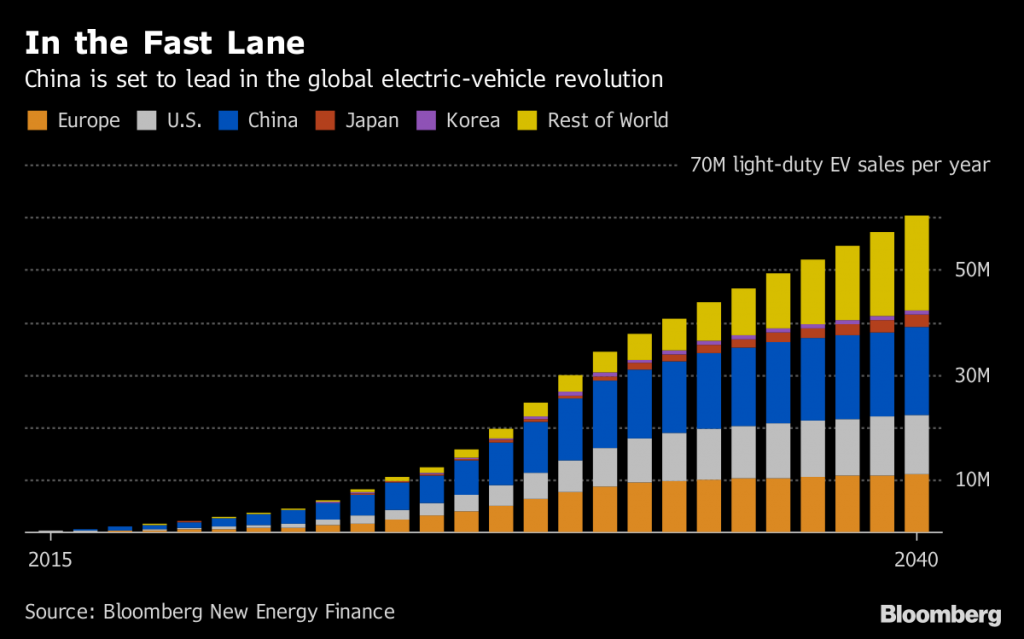
Major efforts are now being made towards the Electric powered, Smart, automobile, the Smart Auto, leading, for example, to huge growth in companies focused on “better batteries”.
We must now focus on how highways might be developed to keep up with the forward-thinking now identifying the Smart Auto, which will undoubtedly be an Electric vehicle, an EV.
With the EV in mind, I believe that China—Europe interaction, fully assisted by North America, will be vital to how the world does achieve appropriate international goals and standards necessary for global trade.
Europe is the world’s second largest EV market, after China. Recent developments include a Swedish company raising $1 billion from Volkswagen, BMW, and others, to build the continent’s biggest lithium-ion battery plant, and France and Germany developing a plan to invest billions of dollars in the European production of EV batteries.
I believe that China, Europe, and North America should jointly consider how they and invited partners, companies as well as governments, could enable new clean ‘Silk Road’ super-highways to re-charge EVs along the chosen routes without contributing to Global Warming and with spin-off benefits for industrial development along any such route.
The “Rare Earth” Truth
Just two years ago, the World Bank warned us that the transition from fossil fuels to renewables to mitigate the impact of Climate Change would require much more use of metals and rare earth elements that could, in fact, inadvertently create environmental challenges.
The Bank’s study looked at wind, solar, and advanced batteries, and kept in sight the International Energy Agency’s forecasts for the renewable energy necessary to meet the pledges made under the Paris Accord.
The Bank concluded that metals demand could double in the next few years due to the growth in wind turbines and solar panels, and the demand for lithium in batteries could increase by 1000%.
And, of course, it is not just about lithium. The demand for, and uncertainty about, “rare earth elements” has recently become a major focus of concern. China has for many years been the world’s largest exporter of rare-earths, which are essential in the array of technologies such as cell-phones, EVs, and, of course, equipment vital to the generation and transmission of renewable energies.
Rare-earths are not so much “rare” as difficult to extract and process. News outlets have reported that they are also extremely polluting, and must be handled with great care.
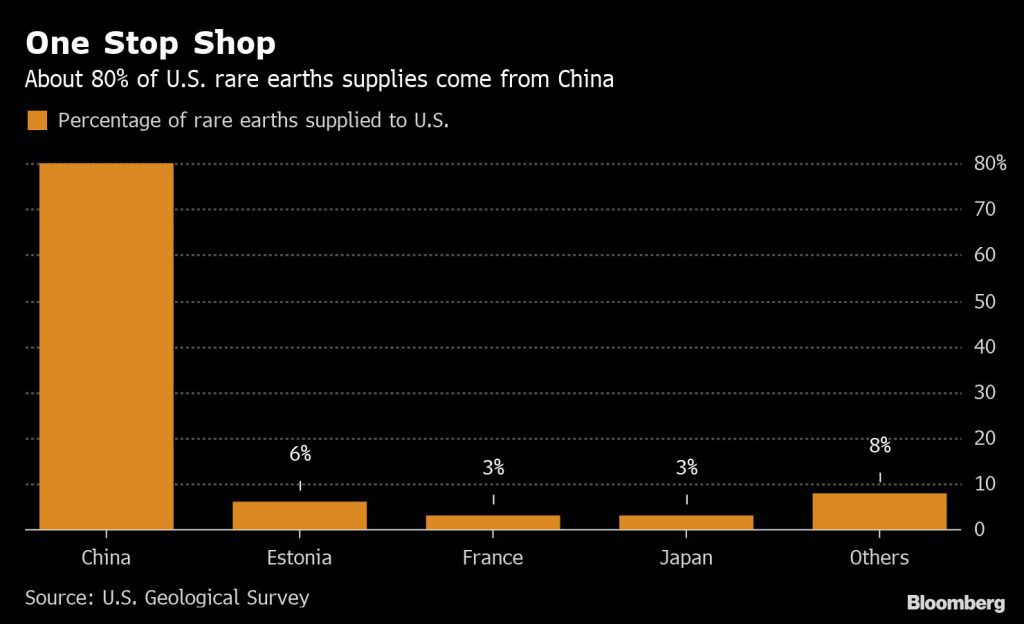
At the same time, China has begun a major survey of its current production of rare-earth elements, which also offers a useful focus for multilateral co-operation.
Something needs to be done so that Responsible Mining, of all minerals but certainly including “battery” minerals such as nickel, cobalt, and rare-earth ores, can be the norm, and contribute to, not stand in the way of, a green technology future which helps the global realization of climate and sustainable development goals.
What if China, the EU, and North America co-operated to undertake a major survey of Responsible Mining and Rare-Earths? A survey in which major mining houses such as BHP, Glencore, and Anglo-American would have much to offer, especially as they are increasing or refining their own focus on “battery” minerals.
The EV revolution is in its infancy, but it is gaining traction, and its minerals, whatever they are, will have to be mined responsibly.
In fact, their involvement is key. They know the ups and downs in mining as the EV revolution unfolds. A year ago, Ivan Glasenberg, the CEO of Glencore, stressed that his company has “a key role to play in enabling the transition to a low-carbon economy”. This is true, but the company has seen its profits drop due in large part to its “battery minerals” business.
Anglo-American is the world’s largest supplier of platinum and palladium, which are essential to the smooth running of cars fueled by Petrol/Gas, and the company is now intent on developing a lithium battery which will use the platinum-group metals instead of cobalt and nickel.
The EV revolution is in its infancy, but it is gaining traction, and its minerals, whatever they are, will have to be mined responsibly.
The great mining houses are among the companies which created the Initiative for Responsible Mining Assurance, a body which would also be a source of strength for any such survey.
Useful Precedents
There are useful “precedents”.
A few years ago, the China Chamber of Commerce of Metals, Minerals, and Chemicals Importers and Exporters, CCCMC, embarked, with financial support from the UK and German governments, on the elaboration of Guidelines for Social Responsibility in Outbound Mining Investments.
This initiative coincided with the emergence of the “Development Corridors Partnership”.
The UNEP’s World Conservation Monitoring Centre and a consortium of universities from the UK, Africa, and China have undertaken to focus on two key objectives.
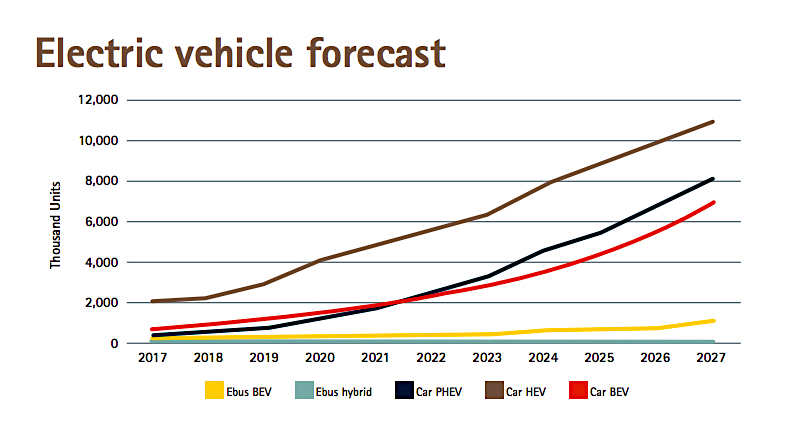
The first is improving the development outcomes of “corridors” planned or underway in Africa and Asia, and the second, ensuring that such developments are based on sustainability principles and sound research.
It was certainly expected at the outset that this effort would influence China’s BRI.
It is worth noting that earlier this year, the China Daily featured an article, Three Steps toward a Green Belt and Road, which repeated Xi Jinping’s May 2017 statement that “We should pursue the new vision of green development and a way of life and work that is green, low-carbon, circular and sustainable”.
This, of course, resonates with Glencore’s embrace of a “key role”, and underscores the fact that we need Change, and we need it now.
The new E Silk Roads
The vision of Xi Jinping in focusing on the new Silk Road as worthy heir to the ancient one(s) would accord well with the launch of a major effort to plan for the construction of really Smart Highways, each of them a “Grand Auto E Silk Road”.
One could, for example, lead from Shanghai to Ingolstadt in Germany, a place where China’s Aiways Auto Company partners with others to advance AI in the automotive world. And it is worth noting that the “others” are also to be found in corporate and academic America.
Aiways is, of course, very active in California. A second Smart Highway could link Canada, the United States, Mexico, and Central and South America.
It is useful to recall that Volkswagen, a leading proponent today of the EV, was hugely active in the Americas during the heyday of the internal combustion engine. That engine still rules, but its years are numbered.
Recently, the CEO of VW Canada asserted that “Climate Change is the biggest challenge of our times”; he made this statement to mark VW’s creation of a new company, Electrify Canada, to build a network of EV charging stations across Canada.
A report carried by Mining.com indicates that, world-wide, there will be more than 20 million charging stations by 2030, consuming 250% more copper than in 2019.
VW’s engineers, like those of Aiways, in China and California, are clearly looking ahead, rather than behind, and our leaders must do the same.
The “Grand Auto E Silk Road” would be a natural outcome of earlier efforts to partner shown by China and Germany, efforts which have changed the nature of the automobile industry world-wide.
The German auto industry maintains a very active office and presence in China, and the interaction between these two countries has, in fact, stimulated the emergence of a re-energized embrace of the Silk Road reality which changed the world those centuries ago.
The Shanghai automotive forum was a useful airing of current thinking and emerging realities.
If this leads to a new E Silk Road, it would be interpreted, years from now, as a key event in the global transition from international trade under stress to international trade for all.
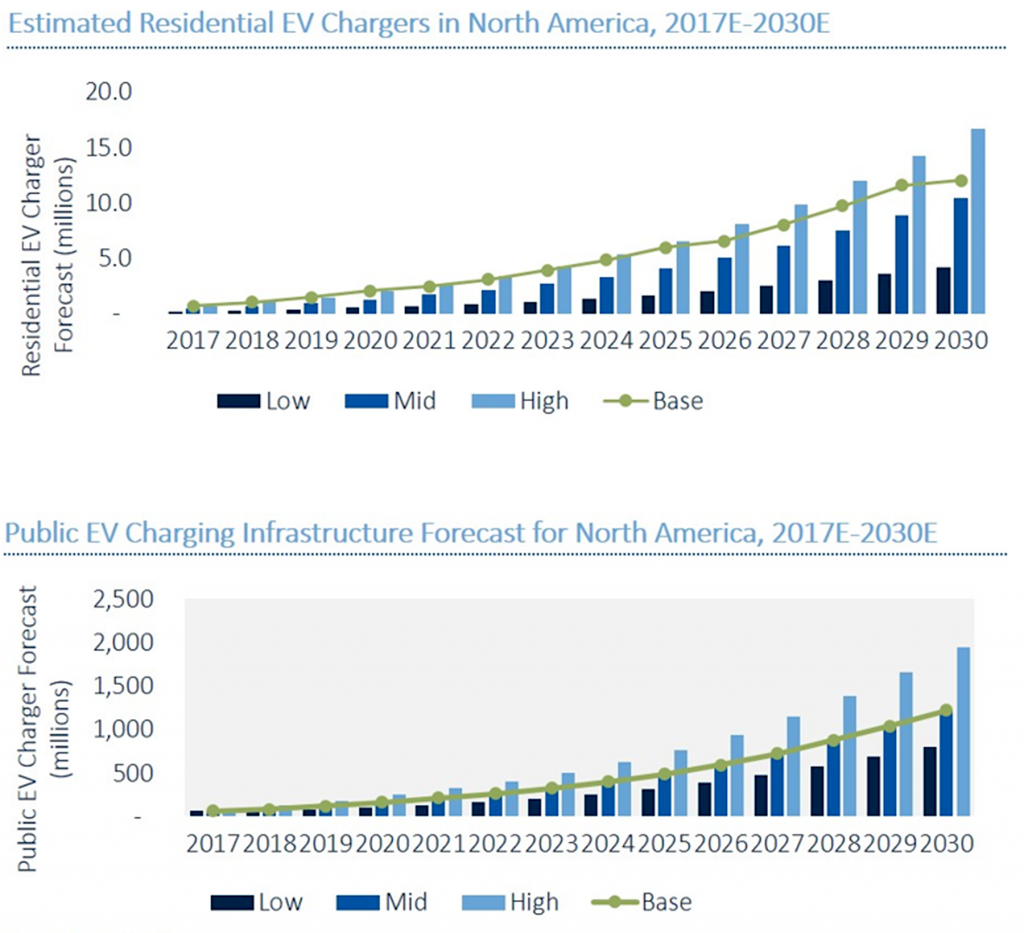
And action as described above could lead to similar E highways for the Americas and Africa.
A Grand Auto E Silk Road can, in fact, change almost everything. Accompanied by others, what would not be possible?
After learning of the explosion of the first atomic bomb, Albert Einstein said it changed everything but the way we think. The new E Silk Roads might well do even that.
A Postscript
The smart highways envisaged here would be a massive undertaking, but one that could draw on experience now being gained through efforts to plan and execute major projects and particularly “development corridors”.
The Development Corridors Partnership grew out of conversations and consultations involving the World Bank, China’s NDRCand CCCMC, and others.
It is a fine example of university researchers and government officials interacting in pursuit of the common good.
Co-operation is nothing new for universities, in China, Canada, and elsewhere.
As a former university president, former senior advisor to the Heilongjiang Coal Commission, and one-time member of the Executive Committee of Canada’s National Research Council, permit me to end by suggesting that the NRC and its Chinese counterpart now be asked to consider what role they might together play in underpinning the pursuit of the goal of the Grand Auto E Silk Road.
And then share their thinking with UNEP’s World Conservation Monitoring Centre, based in Cambridge University and organizing the “Corridor Partnership”. UNEP itself is a newish entrant to the galaxy of bodies we have created, sometimes out of conflict, sometimes driven by hope. Our leaders, if they drive for Change rather than take comfort from Conflict, have instruments readily at hand, and a growing popular will for them to be fully used, now.
(The opinions expressed here are those of the author, a contributor for MINING.COM)
__________________________________
John Harker is currently Chair of the International Advisory Panel of the Development Corridors Partnership. The views set out here are owe something to the fact that one grandfather was a mine manager and Methodist preacher, while the other one was the union leader at the mine and local bookmaker in his village.
John lives in Nova Scotia, Canada.
More News
{{ commodity.name }}
{{ post.title }}
{{ post.date }}
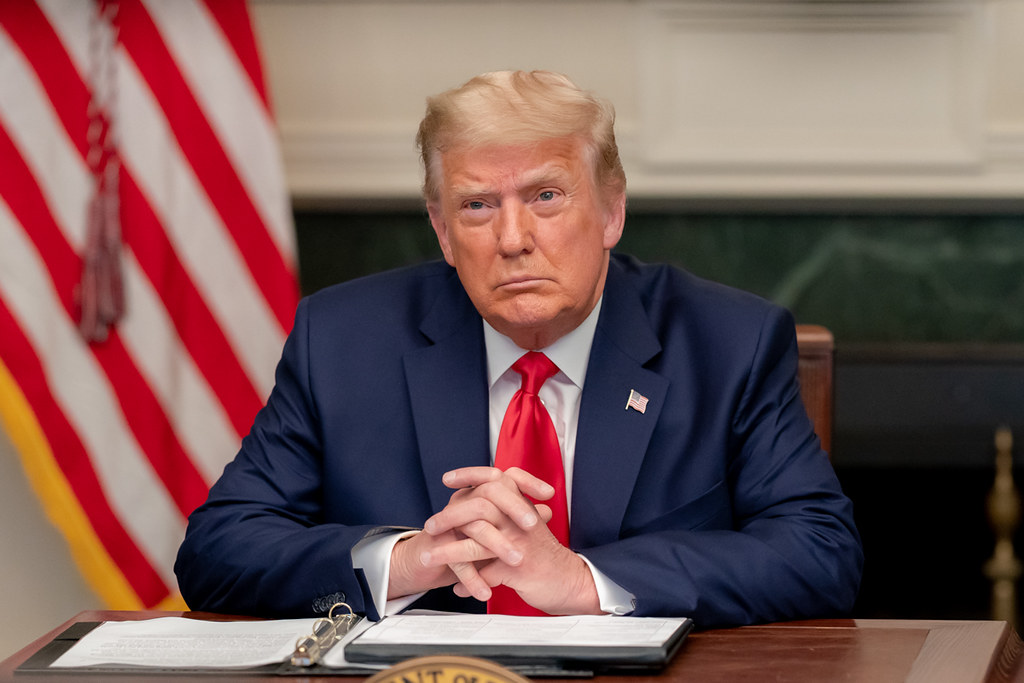
Comments